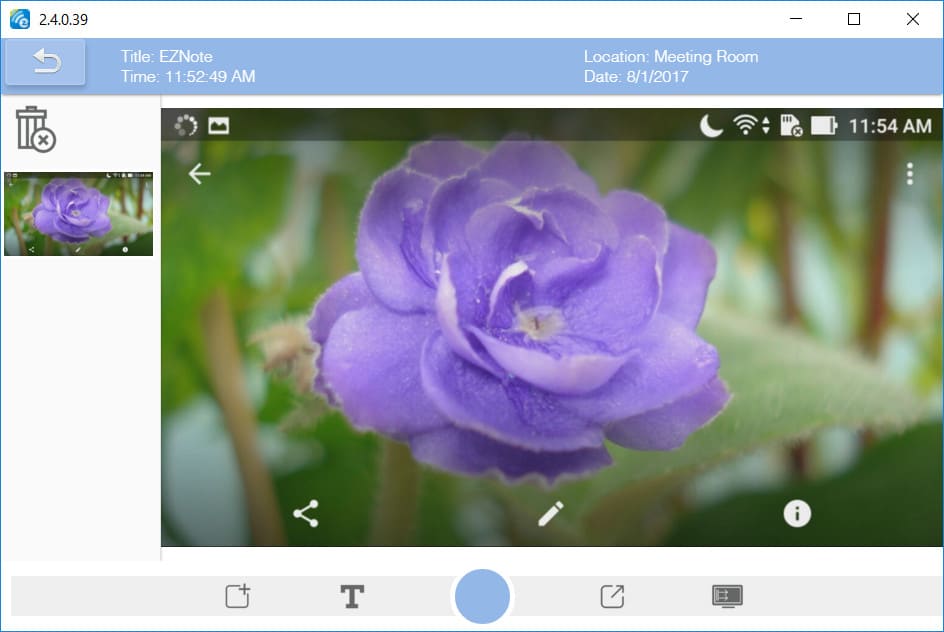Effective decisions are the lifeblood of many businesses.
They are great ways to tap into the special insights that every employee has dormant within them.
An effective decision making meeting can help the business thrive, while an unsuccessful one simply ties up everyone’s time and resources.
You’re about to learn how to make better decisions in meetings.
We’ll break down seven tips that you can easily follow in your next decision-making meeting to help make the most of your meetings and avoid the dreaded death by meeting.
1. Set the Context in the Invitation
Every meeting should have a stated goal.
As you draft the invitation, clearly describe the goal of the meeting.
Let it be known that this is a problem solving meeting, and even include the topics that need discussion.
Be clear about who needs to be involved, the timeframe for the meeting, and what people can expect from the meeting.
Setting the proper context allows people to prepare.
They’ll be ready to discuss the topics at hand and bring their opinions to the table.
2. Empower Everyone to Participate
Participation is the secret ingredient to an effective meeting.

It’s even more important when it’s a decision-making meeting.
When you open the meeting, invite everyone to participate and speak their mind.
The purpose of them being invited is because you want to hear their thoughts on the topic.
Make sure that’s known.
3. Exercise Your Leadership
To have a truly effective decision making meeting, you’ll need a leader.
If you set up the meeting, then that leader is likely you.
Your task as the meeting leader is to control the sequence of presentations and facilitate healthy discussions.
If there are multiple presenters during the meeting, the EZCast Pro device and app can help you manage the sequence of events easily and efficiently.
Address any tension in the room, keep people from being disrespectful, and give active feedback to participants.
Always keep in mind what’s best for the group, not what’s best for yourself.
The goal of the meeting should always take priority.
Lead the meeting by keeping the meeting agenda in front of you and abiding by it.
4. Keep the Meeting Focused
A focused meeting is a productive meeting.
As you open the meeting, set the goal to keep it focused and avoid talking about off-topic matters and personal lives.
Even if someone has a good idea during the meeting, if it’s not related to the topic at hand, write it down for later.
You can include this list of written ideas in your meeting follow up.
Give everyone a copy of the meeting agenda to facilitate healthy discussions that are on-topic.
Continuously monitor the discussion and help steer it back on course should it go off-topic.
5. Encourage Note Taking
Everyone should be taking notes during the meeting.
This practice increases engagement and will encourage critical thinking.
The latest addition of EZNote within the EZCast Pro app is designed to help attendees to take screen shots and take notes on them.

You’ll be able to easily reflect upon what was decided, who contributed what information and understand how you arrived at the right decision.
6. Prepare Ahead of Time
You need to create a meeting agenda to host an effective problem solving meeting.
Otherwise,
You’ll be left with a group of unfocused people who would rather be at their desks.
Craft a meeting agenda that breaks down every item that needs to be discussed, and more importantly, every decision that must be made.
Create the meeting agenda prior to sending out the meeting invite so that you can include the agenda in the invite.
Doing so shows that this is not a time-wasting meeting (avoid death by meeting at all costs), and the outcome will help the business grow.
7. Make a Decision in the Meeting
No matter what it takes, make the decision you set out to make during the course of the meeting.
Avoid the temptation to resolve the matter later over email – that never works well.
Instead, hold the group accountable for reaching a decision on the spot.
After the decision is made, follow up attendees to see how the stated decision has impacted their work.
Are you working on the new project?
Have they adjusted their workflow?
A good follow up is almost as important as the meeting itself.
Now you’re ready to start making better decisions in your meetings.
Remember to set the context ahead of time, create a meeting agenda and have a follow up planned.
Your team will now be able to make decisions that will guide the course of your growth.


